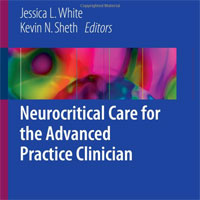Stories Category: Intensive Care
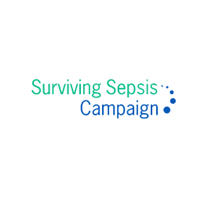
ACEP Task Force on Septic Shock Should Replace the Surviving Sepsis Campaign
The critical care community has long been plagued by a series of antiquated, overbearing guidelines created by the Surviving Sepsis Campaign (SSC). The campaign was originally sponsored by Eli Lilly and Edwards Life Sciences,... read more
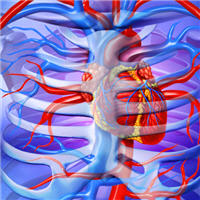
Outcome Related to Level of Targeted Temperature Management in Postcardiac Arrest Syndrome of Low, Moderate, and High Severities
Targeted temperature management at 33–34°C was associated with a significantly higher rate of a good neurologic outcome in the moderate-severity postcardiac arrest syndrome group, but not in the low- or high-severity group. A... read more
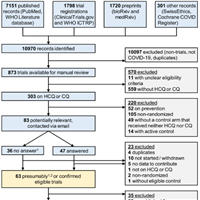
Mortality Outcomes with Hydroxychloroquine and Chloroquine in COVID-19 Patients
Substantial COVID-19 research investment has been allocated to randomized clinical trials (RCTs) on hydroxychloroquine/chloroquine, which currently face recruitment challenges or early discontinuation. We aim to estimate... read more

Prior Exposure to Angiotensin II Receptor Blockers in Patients With Septic Shock to Individualize Mean Arterial Pressure Target?
Our results suggest that patients with septic shock and chronic hypertension treated with angiotensin II receptor blocker may benefit from a high mean arterial pressure target to reduce the risk of acute kidney injury occurrence. We... read more
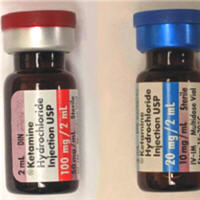
Ketamine: A Review of an Established Yet Often Underappreciated Medication
has proven to be a complex medication with unusual properties, heterogeneous, interconnected mechanisms, and diverse, sometimes contested, clinical uses. Ketamine's story begins in 1956 when scientists identified a new... read more

Sunlight Linked to Lower COVID-19 Deaths
Our analysis suggests that higher ambient UVA exposure is associated with lower COVID‐19 specific mortality. Further research on the mechanism may indicate novel treatments. Optimised UVA exposure may have population health... read more
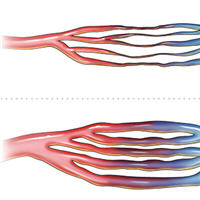
Peripheral Arteriovenous Malformations: Classification and Endovascular Treatment
In this review we cover the classification and endovascular management of arteriovenous malformations (AVMs). We begin by viewing AVMs in relation to the broader class of congenital vascular malformations and subsequently... read more
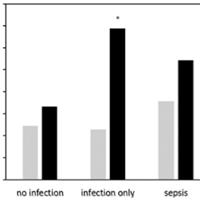
Use of Biomarkers to Identify AKI to Help Detect Sepsis in Patients with Infection
Use of the urinary (tissue inhibitor of metalloproteinases-2) × (insulin-like growth factor binding protein 7) test could identify acute kidney injury in patients with infection, possibly helping to detect sepsis, nearly... read more
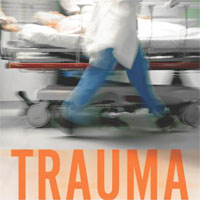
Trauma: My Life as an Emergency Surgeon
TRAUMA is Dr. Cole's harrowing account of his life spent in the ER and on the battlegrounds, fighting to save lives. In addition to his gripping stories of treating victims of gunshot wounds, stabbings, attempted suicides,... read more

Individualized vs. Fixed Positive End-expiratory Pressure for Intraoperative Mechanical Ventilation in Obese Patients
This secondary analysis of obese patients undergoing laparoscopic surgery found better oxygenation, lower driving pressures, and redistribution of ventilation toward dependent lung areas measured by electrical impedance tomography... read more

Operative Techniques and Recent Advances in Acute Care and Emergency Surgery
The aim of this book is to identify and shed new light on the main surgical practices involved in acute care and trauma surgery. Adopting an evidence-based approach, a multidisciplinary team of surgeons and intensivists... read more

Prehospital Management of Trauma Patients with Rib Fractures
Rib fractures are associated with a direct, blunt force trauma to the thorax. It is estimated that 10% of all patients who were admitted to the hospital after blunt chest trauma have at least one rib fracture. In the prehospital... read more
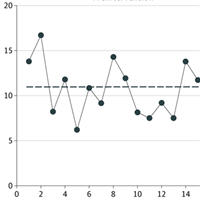
Evaluation of Time-Limited Trials Among Critically Ill Patients with Advanced Medical Illnesses and Reduction of Nonbeneficial ICU Treatments
In this study, a quality improvement intervention that trained physicians to communicate and plan ICU care with family members of critically ill patients in the ICU using TLTs was associated with improved quality of family... read more
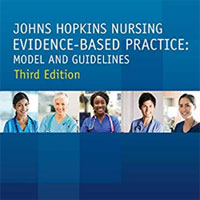
Johns Hopkins Nursing Evidence-Based Practice
Johns Hopkins Nursing Evidence-Based Practice: Model and Guidelines has proven to be one of the most foundational books on EBP in nursing. This fully revised third edition builds on the strength of the first two editions... read more
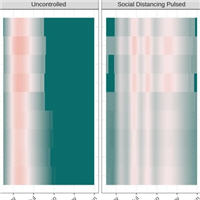
A Scenario Modeling Pipeline for COVID-19 Emergency Planning
Coronavirus disease 2019 (COVID-19) has caused strain on health systems worldwide due to its high mortality rate and the large portion of cases requiring critical care and mechanical ventilation. During these uncertain... read more

Relationship Between Skeletal Muscle Area and Density and Clinical Outcome in Adults Receiving VV-ECMO
Low skeletal muscle index at the commencement of venovenous extracorporeal membrane oxygenation (VV-ECMO) was associated with a longer duration of venovenous extracorporeal membrane oxygenation, whereas preserved skeletal... read more

A Controlled Trial of Methylprednisolone in COVID-19 Pneumonia
The use of corticosteroids in patients with pneumonia secondary to COVID-19 has been a controversially hot topic, particularly early on in the pandemic. Prior evidence seen in Severe Acute Respiratory Syndrome (SARS) and... read more








